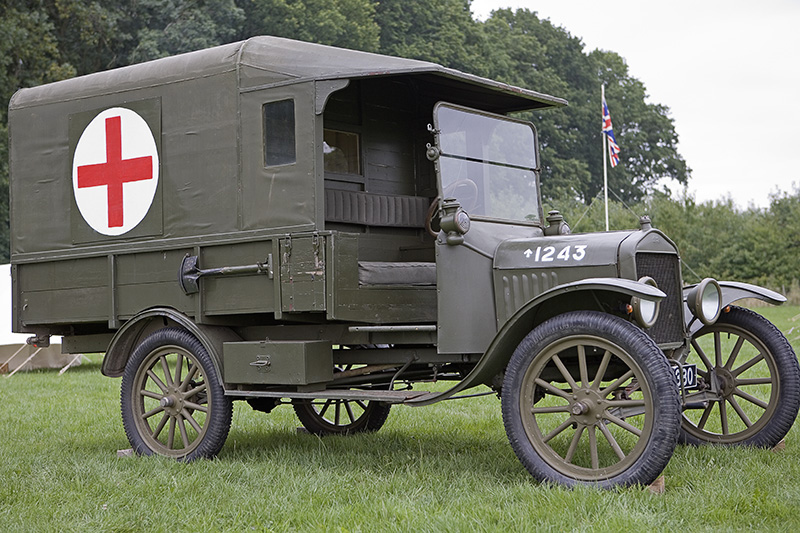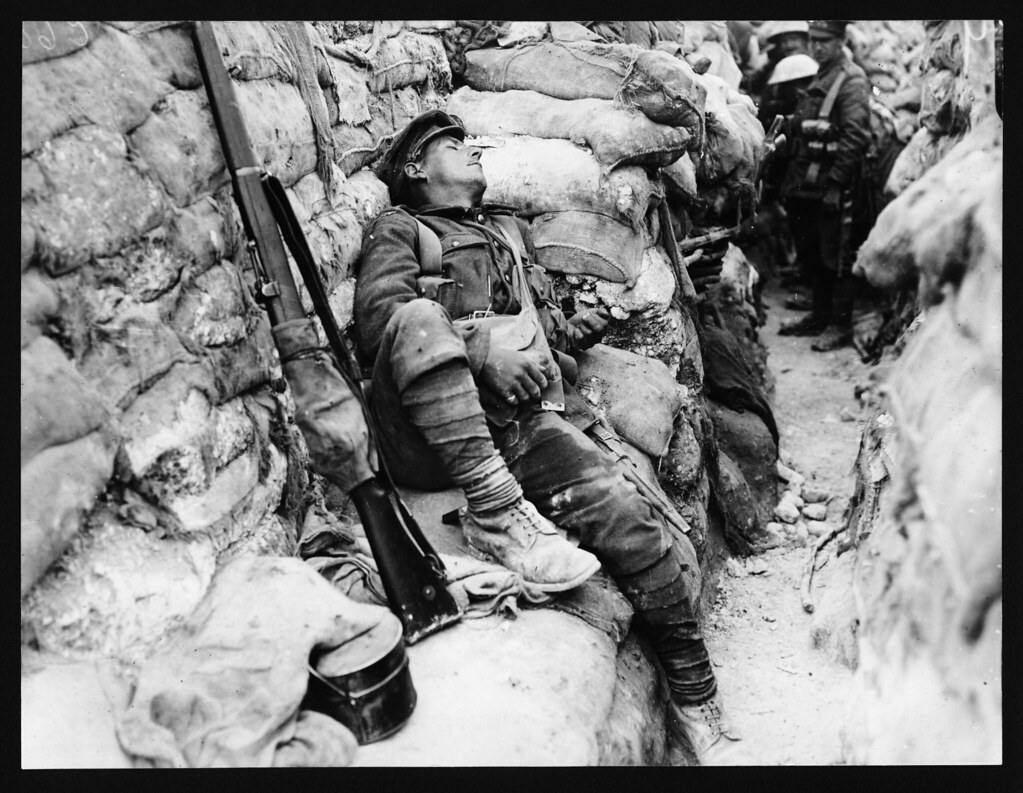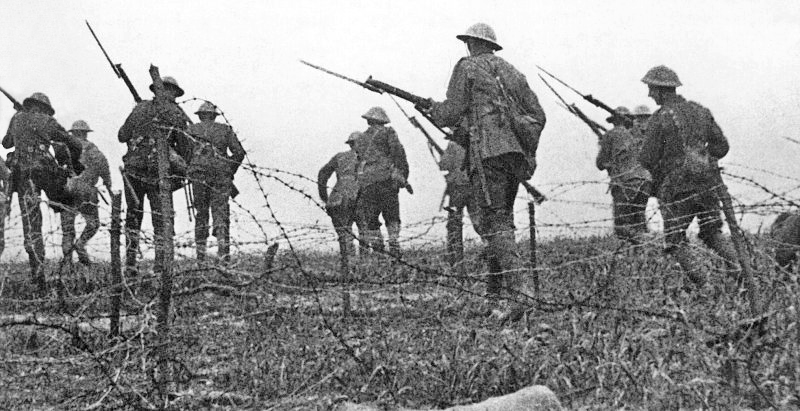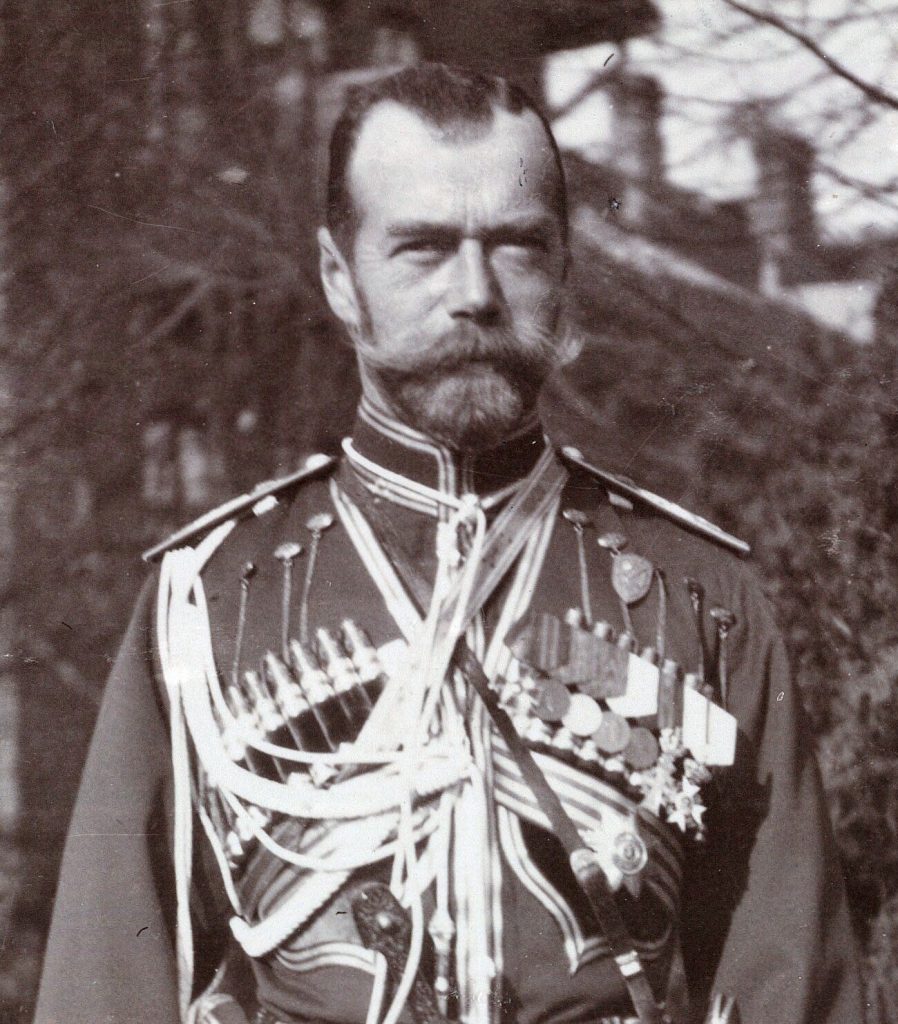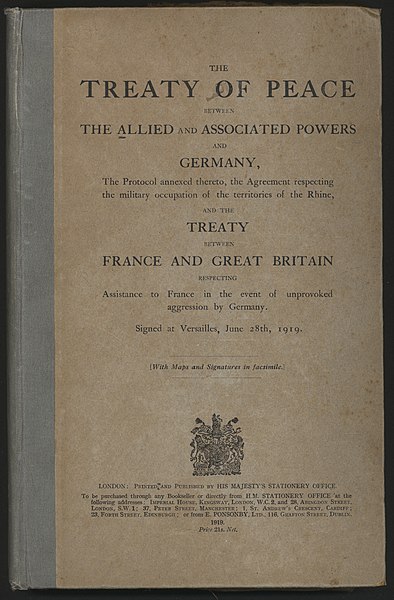World War 1 Timeline
1914
June 28
The whole world was in outrage as the heir to the throne of Austria-Hungary, Archduke Franz Ferdinand, was assassinated (shot).
He was shot in Sarajevo by a Serbian man called Gavrilo Princip.
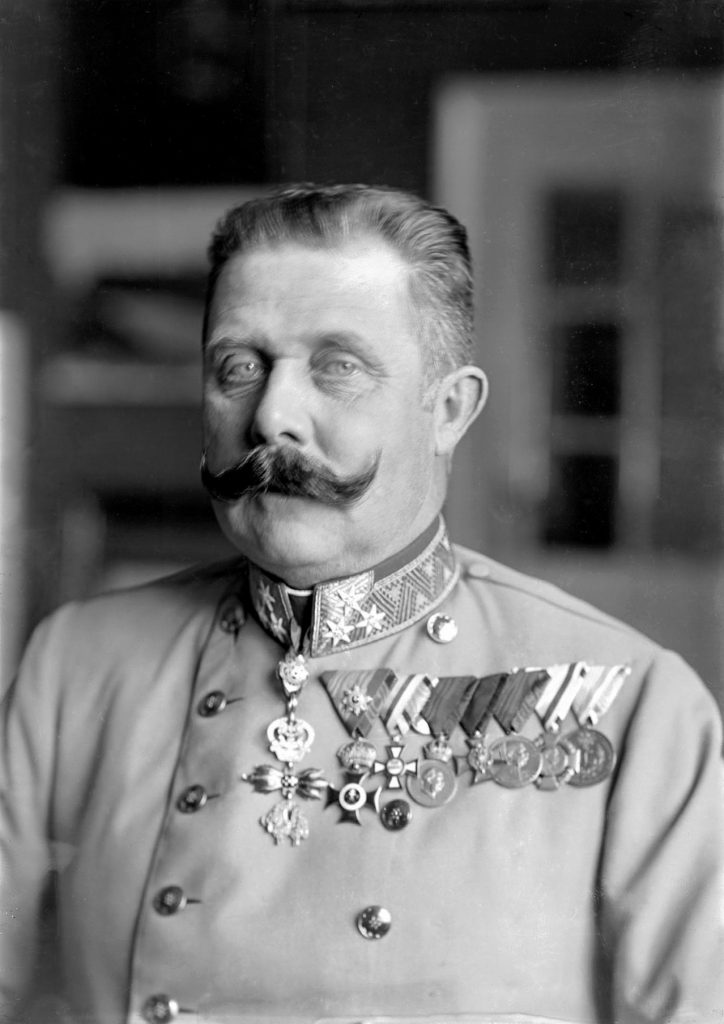
July 23
Austria-Hungary makes demands on Serbia for restitution. Serbia does not meet demands. Austria-Hungary asks Serbia to make up for what they did (this is called restitution). Serbia refuses.
July 28
Austria-Hungary declares war. Because Russia and Serbia are allies (partners who defend each other), Russia prepares to go to war.
August 1-3
Germany then declares war on Russia and France.
August 4
Germany invades Belgium and Britain declares war on Germany.
August 23 to 30
The Battle of Tannenberg takes place (between Germany and Russia). The Germans win this battle.
September 5 to 12
Germany try to advance but only get as far as Paris, where they are stopped by the British and the French. This was called the First Battle of the Marne.
After this, four years of trench warfare begins.
October 19 to November 22
The First Battle of Ypres takes place and the allies (France, Britain, Russia) win.
November 2
The British begin a naval blockade of Germany.
November 11
The Ottoman Empire (based in Turkey) declares war on the Allies.
December 24
On Christmas Eve, an unofficial truce is declared between the two sides and they stop fighting for Christmas.
1915
February 4
Submarine warfare begins when the Germans begin to use submarines against Allied merchant ships in the seas around Britain.
April 25
The Battle of Gallipoli takes place. This was where the Allies attacked the Ottoman Empire. This campaign lasted over eight months. The Ottomans won and the allies had to retreat.
May 7
A German submarine sinks a British passenger ship, The Lusitania. 1,195 ordinary people were killed. Around the world, people were angry about all these people losing their lives.
The United States then wanted to join the war against Germany.
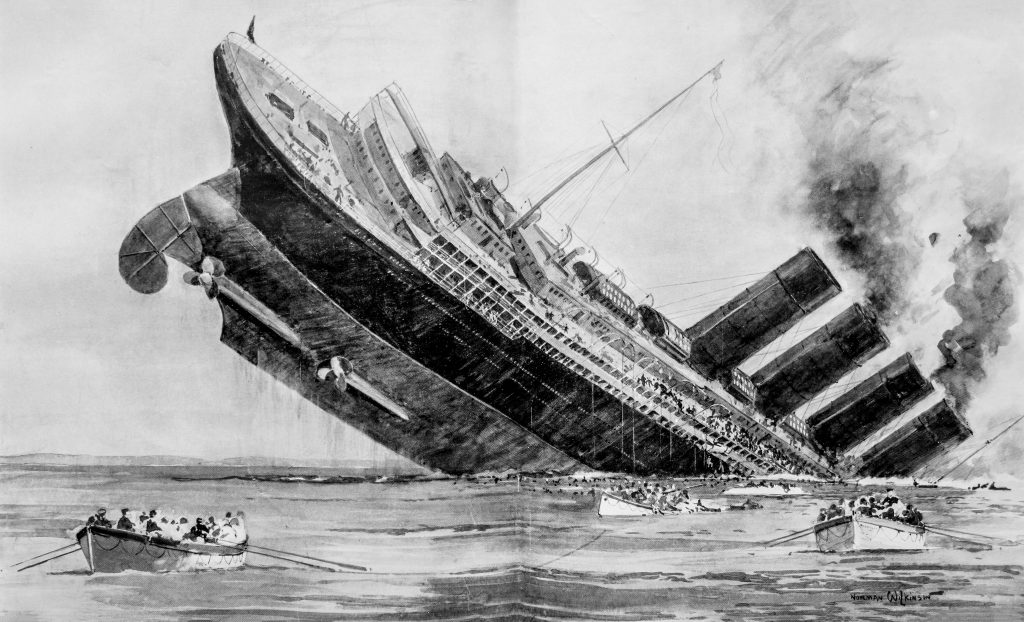
October 14
Bulgaria joins the war by declaring war on Serbia.
1916
February 21
The Battle of Verdun begins (between France and Germany). This battle will last until December of 1916. France won in December 1916.
May 31
The Battle of Jutland is fought between Britain and Germany in the North Sea. This was the largest naval battle (battle at sea) of the war.
July 1
The Battle of the Somme begins. This is one of the most tragic battles of the war. Over one million soldiers were wounded or killed. Over 1 million soldiers will be wounded or killed.
1917
January 19
British code breakers and spies intercept a telegram meant for Mexico. This telegram, called the Zimmerman Telegram, said that Germany wanted Mexico to join them in the war.
This made the United States join the war on the side of the Allies (against Germany).
March 8
The Russian Revolution starts. The King of Russia, Tsar Nicholas II is removed from power on March 15th and Russia no longer has a monarchy (a royal family).
April 6
The United States officially declares war on Germany.
November 7
The Bolsheviks, a political party led by Vladimir Lenin, overthrow the Russian government.
December 17
The Russians leave the war.
1918
January 8
President of the United States, Woodrow Wilson, releases the “Fourteen Points”, which requests an end to the war.
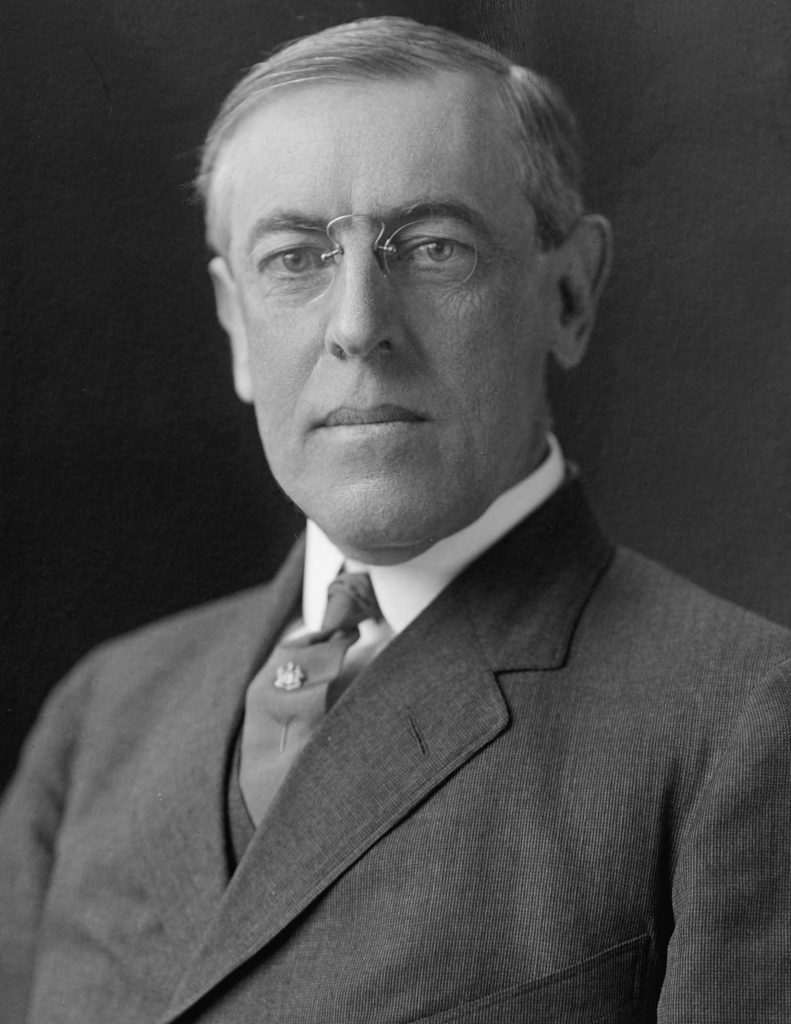
March 21
Germany starts the Spring Offensive. They were trying to beat the Allies before the United States’ soldiers arrived.
July 15
The Second Battle of the Marne took place. This battle ended August 6 and the Allies won.
November 11
Germany agrees to an armistice (peace) and the fighting comes to a stop: at 11am, on the 11th day, of the 11th month.
This is why the World War and its victims are remembered at 11 am on the 11th November (11/11).
1919
June 28
All the countries (except Germany) get together at Versailles in France to discuss what should happen at the end of the war.
For example, who would own the various parts of Europe, and who would pay for all the damages and losses of the war.
The Treaty of Versailles is signed by all the allies, and agreed to by Germany. World War I comes to an end.
